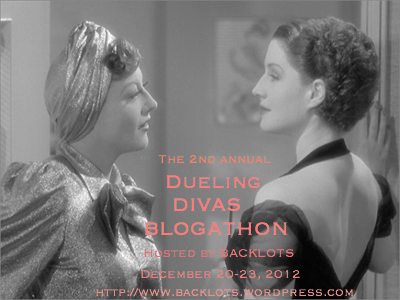
Three daughters breaking matrimonial tradition dance together in FIDDLER ON THE ROOF (1971).
Symbolism and metaphor run deep in the landscape of Yiddish prose, which has given us some of the great stories of our time and some of the most memorable characters of literature and dramatic art. From the time of the earliest rabbinic scholars, Jewish tradition has put a great deal of emphasis on extracting deeper meaning from text, something that carried over to the era of classic Yiddish writing, predominantly coming out of Eastern Europe in the late 1800s.
Due to the unstable and unpredictable nature of Jewish life in the Pale of Settlement, much of the literature to come out of the Yiddish tradition deals with the inherent difficulty of life. Survival in the face of poverty or seemingly insurmountable obstacles is a common theme in literature to come out of this era, and often we see characters who break rules or go against established customs in order to survive or make the best of a situation.
This will be a 2-part series–my examinations of 2 prominent films based on Yiddish stories focused on defying tradition on various ways. The first film, and the focus of this post, is the popular Fiddler On the Roof (1971).

When Yiddish writer Sholem Aleichem wrote Tevye and His 7 Daughters, the short story that inspired what ultimately became Fiddler On the Roof, the Jewish community in his native Ukraine was in chaos. Pogroms (the ritual torching and destruction of Jewish villages by the Russian authorities) were a frequent occurrence, and Jews were being run off their land in order to make the areas more “desirable” for ethnic Russians. Many Jews immigrated to the United States, Israel, and elsewhere during this time, and it was a time of great sadness, despair, and upheaval.
The story, focusing on 3 daughters who decided to break marital customs and marry for love, had deep symbolic meaning for the time. The breaking of custom was a symbol for the breaking of roots, something that the Jewish community was feeling very sharply at the turn of the century. As people in his community were being run out of their homes, leaving everything they had ever known, so was Tevye being run out of his tradition, everything he ever trusted and relied upon.
When Fiddler On The Roof was adapted into a Broadway show and subsequently filmed in 1971, the world was in a very different place. Pogroms and Jewish displacement within Eastern Europe were things relegated to history books and oral histories, and in a modern context the story began to take on new meaning. In 1971, a story about three daughters marrying for love in turn-of-the-century Russia fit easily into the feminist movement that was beginning to take shape in the United States. In the film version of Fiddler On the Roof, the story centers as much around the daughters and the rights of the daughters, as it does around the eradication of tradition that was central to the story’s original meaning. Director Norman Jewison sets it up so that the audience pulls for the three daughters to be able to marry whomever they choose, and it works because the movie was shot during a time when many were working hard for a feminist and equal world.
The result is a film with an intricately interwoven network of meanings, symbols, and narratives that hold timeless significance. The film version of Fiddler On the Roof honors the original tale by expanding its original meaning and, consciously or otherwise, tells a new story about progress for women’s rights and ultimately about acceptance.
COMING UP IN PART 2: Gender issues in Yentl (1983)



























_03.jpg)


Wonderful subject for a series, Lara … Fiddler on the Roof had a lot of impact on me, and especially on my Dad particularly. He had 5 daughters and was a lot like Tevye in personality (traditional Irish Catholic Dads have a lot in common with Jewish Dads!). All of us were teens beginning to make our way in the world when this movie was released, so you can imagine the effect it had. I look forward to your upcoming posts.
Thank you, Becky!
I enjoyed your write-up, Lara, on one of the (relatively) few musicals that I’ve seen and love. I could listen to some of the songs in this film all day. I was intrigued by your analysis, and I also appreciate the historical information about what was going on in the Ukraine at the time. Interesting (and sad), too, given what’s going on today.
Thank you, yes, I didn’t even think about the modern context of the Ukraine, but you’re absolutely right. That part of the world has seen some really hard times.